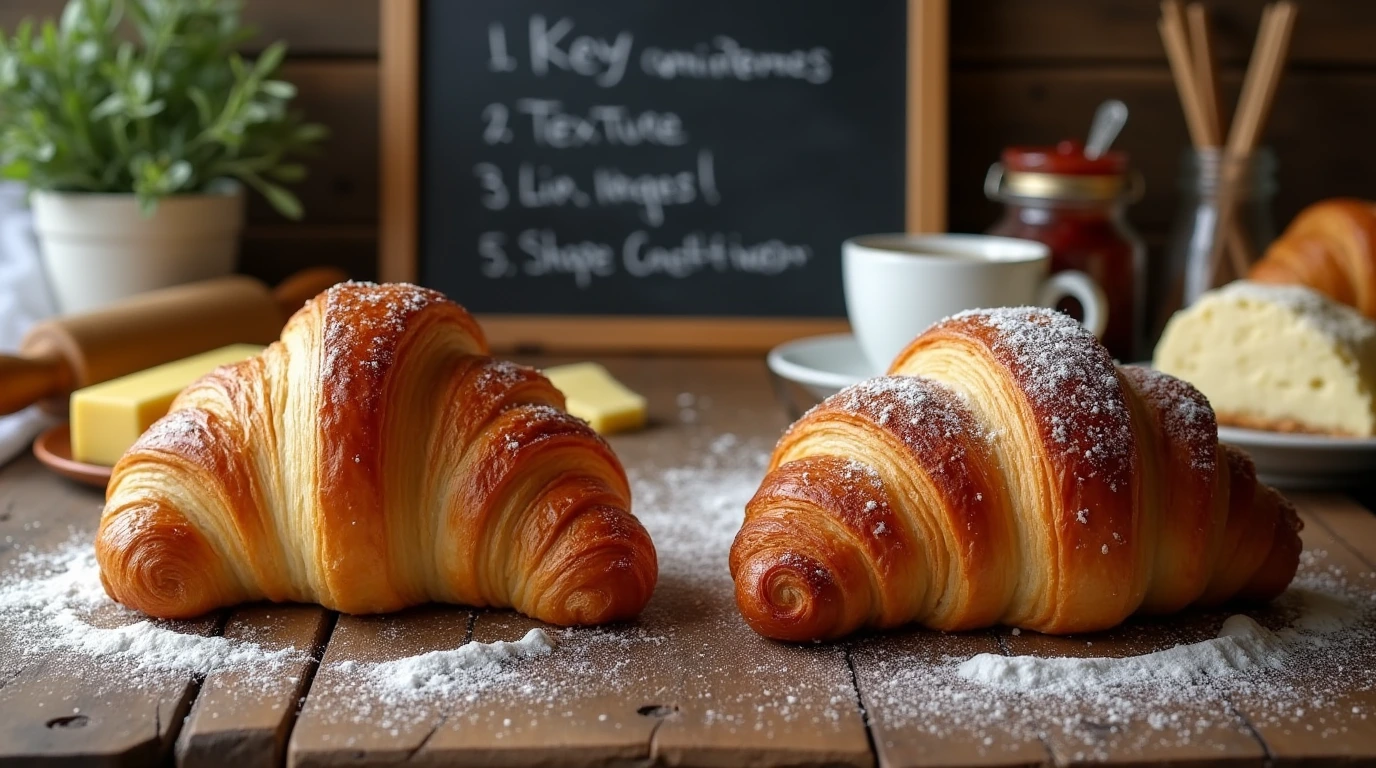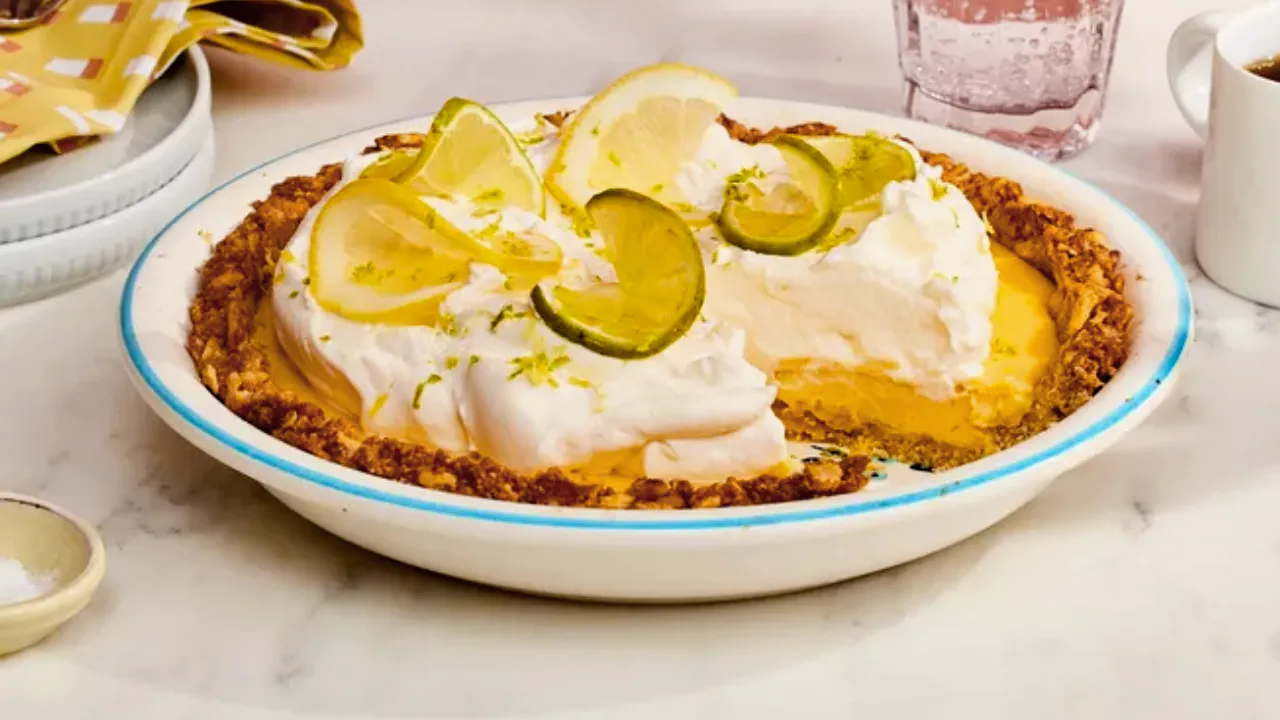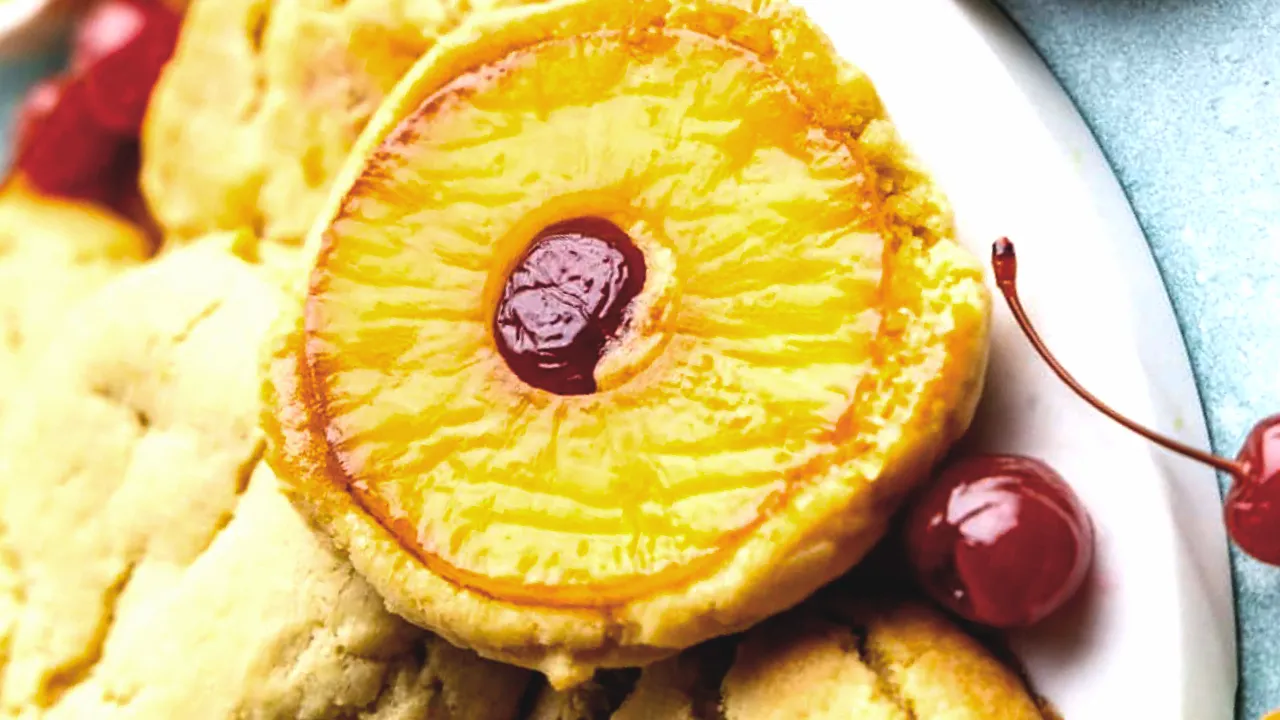Croissants and Gipfeli are both beloved pastries, but they come from different culinary traditions and have unique characteristics. What is the difference between croissant and Gipfeli? While croissants are known for their rich, buttery layers and crisp exterior, Gipfeli, a Swiss favorite, offer a softer, subtler texture and flavor.
In this article, we’ll explore the origins, ingredients, and cultural significance of croissant and Gipfeli, highlighting their differences and similarities. Whether you’re a pastry enthusiast or simply curious, this guide will help you appreciate these iconic treats.
The Origins of Croissant and Gipfeli
Croissant and Gipfeli have distinct histories that reflect their cultural roots and culinary traditions. Understanding their origins offers insight into why they differ in taste, texture, and preparation.
1. The History of the Croissant
- French Heritage:
- Despite its association with French cuisine, the croissant’s origins trace back to Austria. It evolved from the kipferl, a crescent-shaped pastry popular in Austria in the 13th century.
- Modern Croissant:
- In the late 19th century, French bakers transformed the kipferl into the flaky, buttery croissant we know today by incorporating laminated dough techniques.
- Croissants became a staple of French breakfasts and bakeries, representing indulgence and culinary artistry.
2. The Swiss Tradition of Gipfeli
- Swiss Roots:
- Gipfeli shares similarities with the Austrian kipferl but has developed its own identity in Switzerland.
- The name “Gipfeli” comes from the Swiss-German word for crescent, reflecting its crescent shape.
- A Breakfast Essential:
- Gipfeli are a common part of Swiss breakfast culture, often enjoyed with butter, jam, or honey. They are known for their less buttery and slightly denser texture compared to croissants.
Pro Tip: While croissants are celebrated for their indulgence, Gipfeli are often regarded as a more understated and versatile pastry.
Key Differences in Ingredients
Understanding what is the difference between a croissant and gipfeli starts with the ingredients. Croissants are known for their high butter content, while Gipfeli use less butter.
1. Butter Content: Richness vs. Subtlety
- Croissants:
- Known for their high butter content, croissants have a rich and indulgent flavor.
- Laminated dough layers are created by folding butter into the dough multiple times, resulting in a flaky texture.
- Gipfeli:
- Contain less butter compared to croissants, making them lighter and less greasy.
- The dough is enriched but not as heavily laminated, leading to a softer texture.
Pro Tip: If you prefer a lighter pastry, Gipfeli may be your ideal choice, while croissants are perfect for indulgence.
2. Sweetness and Flavor Profiles
- Croissants:
- Typically have a neutral flavor, making them versatile for both sweet and savory fillings.
- Pair well with chocolate, almond paste, ham, or cheese.
- Gipfeli:
- Slightly sweeter than croissants, with a mild, subtle flavor that’s ideal for breakfast.
- Often served plain or with a light spread of butter, jam, or honey.
Pro Tip: Croissants are ideal for creative fillings, while Gipfeli shine in their simplicity.
Why Ingredients Matter
The difference in ingredients reflects the cultural preferences of their origins: croissants for their decadent richness and Gipfeli for a more understated and practical approach to pastry.

Texture and Appearance Differences
If you’re wondering what is the difference between croissant and gipfeli, texture is a key factor. Croissants are flaky and crisp, while Gipfeli are softer and denser.
1. Croissants: Flaky Layers and Crispness
- Texture:
- Croissants are renowned for their flaky, layered structure, achieved through a labor-intensive lamination process that involves folding butter into the dough multiple times.
- The outer layer is crisp and golden, with a soft, airy interior.
- Appearance:
- Croissants have a crescent shape with pronounced layers visible on the surface.
- The golden-brown crust often glistens, thanks to an egg wash applied before baking.
Pro Tip: A perfectly baked croissant will crackle slightly when you bite into it, revealing its soft, buttery layers.
2. Gipfeli: Softness and Subtlety
- Texture:
- Gipfeli are softer and denser compared to croissants, with a more uniform crumb.
- The lack of extensive lamination gives them a smoother, less flaky texture.
- Appearance:
- Also crescent-shaped, Gipfeli have a simpler, less glossy surface.
- They often have a lighter golden color, with minimal layering visible.
Pro Tip: The softness of Gipfeli makes them ideal for spreading butter or jam without crumbling.
Why Texture and Appearance Matter
The differences in texture and appearance cater to varying preferences: croissants for those who love crisp, buttery layers and Gipfeli for those seeking a more understated and versatile pastry.
How Are Croissant and Gipfeli Served?
A common question is what is the difference between croissant and gipfeli when it comes to serving. Croissants are paired with both sweet and savory options, while Gipfeli are often simpler.
1. Common Pairings for Croissants
- Sweet Pairings:
- Croissants are often enjoyed with sweet fillings or toppings like:
- Chocolate or almond paste (pain au chocolat and almond croissants).
- Fruit preserves, such as strawberry jam or apricot marmalade.
- Honey or powdered sugar for a simple yet indulgent touch.
- Croissants are often enjoyed with sweet fillings or toppings like:
- Savory Pairings:
- They also pair beautifully with savory ingredients like:
- Ham and cheese for a classic croissant sandwich.
- Scrambled eggs or smoked salmon for a hearty breakfast.
- They also pair beautifully with savory ingredients like:
Pro Tip: Warm croissants slightly before serving to enhance their buttery aroma and flaky texture.
2. Traditional Gipfeli Accompaniments
- Simple Breakfasts:
- Gipfeli are often served plain or with a spread of:
- Butter.
- Jam or honey for a touch of sweetness.
- Gipfeli are often served plain or with a spread of:
- Savory Options:
- While less common, Gipfeli can also be paired with:
- Mild cheeses like Emmental or Gruyère.
- Cold cuts for a light breakfast sandwich.
- While less common, Gipfeli can also be paired with:
Pro Tip: Gipfeli are traditionally served as part of a Swiss breakfast platter, often accompanied by coffee or tea.
Why Serving Style Matters
The versatility of croissants makes them ideal for creative pairings, while the simplicity of Gipfeli highlights their role as a staple of traditional Swiss breakfasts.
Cultural Significance of Croissant and Gipfeli
Croissants and Gipfeli are more than just pastries; they hold cultural importance in their respective culinary traditions. Here’s how each has earned its place in daily life.
1. The Croissant’s Role in French Cuisine
- A National Icon:
- The croissant is a symbol of French gastronomy, representing the country’s love for artisanal baking and high-quality ingredients.
- Its origins may be Austrian, but the French perfected it into the buttery, flaky treat celebrated worldwide.
- A Café Staple:
- Croissants are a cornerstone of French café culture, often paired with a cup of coffee or hot chocolate.
- They’re a key element of the petit déjeuner (French breakfast), where simplicity and quality reign.
Pro Tip: In France, croissants are often sold in bakeries that take pride in making them fresh daily, known as pâtisseries.
2. Gipfeli in Swiss Breakfast Culture
- Everyday Practicality:
- Gipfeli are a ubiquitous part of Swiss breakfasts, valued for their straightforward preparation and mild flavor.
- Unlike croissants, they’re less about indulgence and more about complementing other breakfast staples like coffee, cheese, and yogurt.
- Local Variations:
- Some regions of Switzerland have their own takes on Gipfeli, adding subtle flavor variations like seeds or whole-grain flours.
Pro Tip: Gipfeli are often sold in Swiss bäckereien (bakeries) or supermarkets, reflecting their accessibility as an everyday treat.
Why Cultural Context Matters
Understanding the cultural roles of croissants and Gipfeli highlights how food reflects the traditions, values, and daily habits of a region.
FAQs About Croissant and Gipfeli
Here are answers to common questions about croissants and Gipfeli, helping you understand their differences and uses better.
1. Can You Substitute One for the Other?
Yes, but the experience will differ:
- Croissants: Better for rich, indulgent recipes due to their buttery and flaky texture.
- Gipfeli: Ideal for lighter breakfasts or simple accompaniments due to their softer, less buttery profile.
Pro Tip: If using Gipfeli as a substitute for croissants in recipes, consider adding a spread like butter or jam to enhance richness.
2. Are Gipfeli Healthier Than Croissants?
Generally, yes:
- Gipfeli: Contain less butter, making them lighter in calories and fat.
- Croissants: Higher in butter and richer in taste, resulting in a more calorie-dense treat.
Pro Tip: For a healthier option, opt for whole-grain Gipfeli available in some Swiss bakeries.
3. How Do You Store Each for Freshness?
- Croissants:
- Best enjoyed fresh but can be stored in an airtight container for up to 2 days.
- Reheat in an oven at 300°F (150°C) for 5-10 minutes to restore crispness.
- Gipfeli:
- Store in an airtight bag or container to prevent drying out.
- They maintain their texture better than croissants and are ideal for next-day use.
Pro Tip: Avoid refrigerating either pastry as it can make them stale faster.
Conclusion: Understanding Croissant and Gipfeli
By now, you should have a clear understanding of what is the difference between croissant and gipfeli and how to enjoy each pastry.
While croissants and Gipfeli share similarities in their crescent-shaped appearances, their differences highlight unique culinary traditions. Croissants are rich, flaky, and indulgent, perfect for pairing with decadent fillings or as a centerpiece for a luxurious breakfast. Gipfeli, on the other hand, are softer, subtler, and better suited for simple, everyday breakfasts.
Key Takeaways
- Croissants: Known for their buttery layers, flaky texture, and versatility in both sweet and savory recipes.
- Gipfeli: A Swiss favorite, offering a less buttery, more practical option with mild sweetness and a softer crumb.
- Cultural Roots: Croissants shine in French café culture, while Gipfeli are a staple of Swiss breakfast tables.
For more insights, explore our Croissant Baking Guide [https://queensrecipe.com/the-ultimate-guide-to-making-gipfeli-a-swiss-delight] or check out Swiss Breakfast Traditions Guide [https://queensrecipe.com/10-delicious-chicken-breakfast-recipes-to-start-your-day-right] for inspiration on serving Gipfeli authentically.



